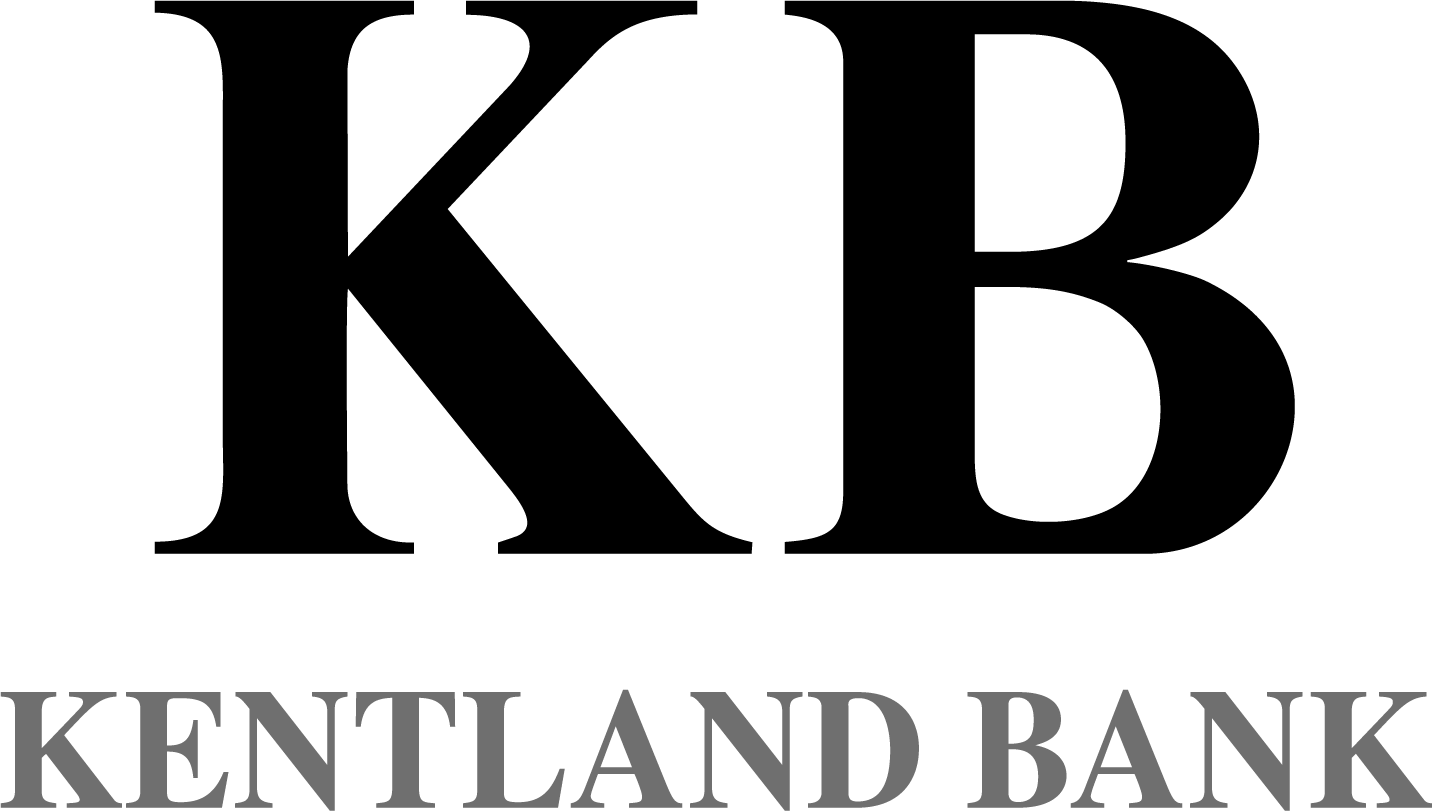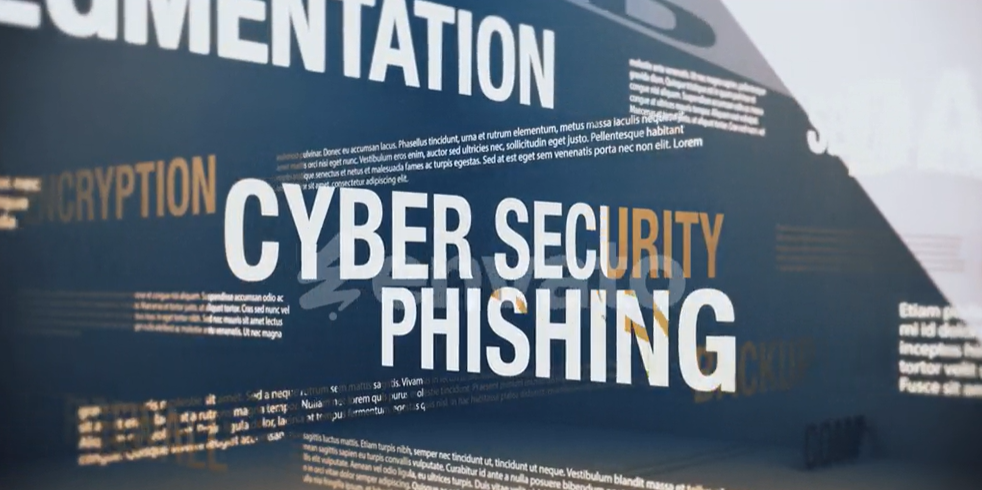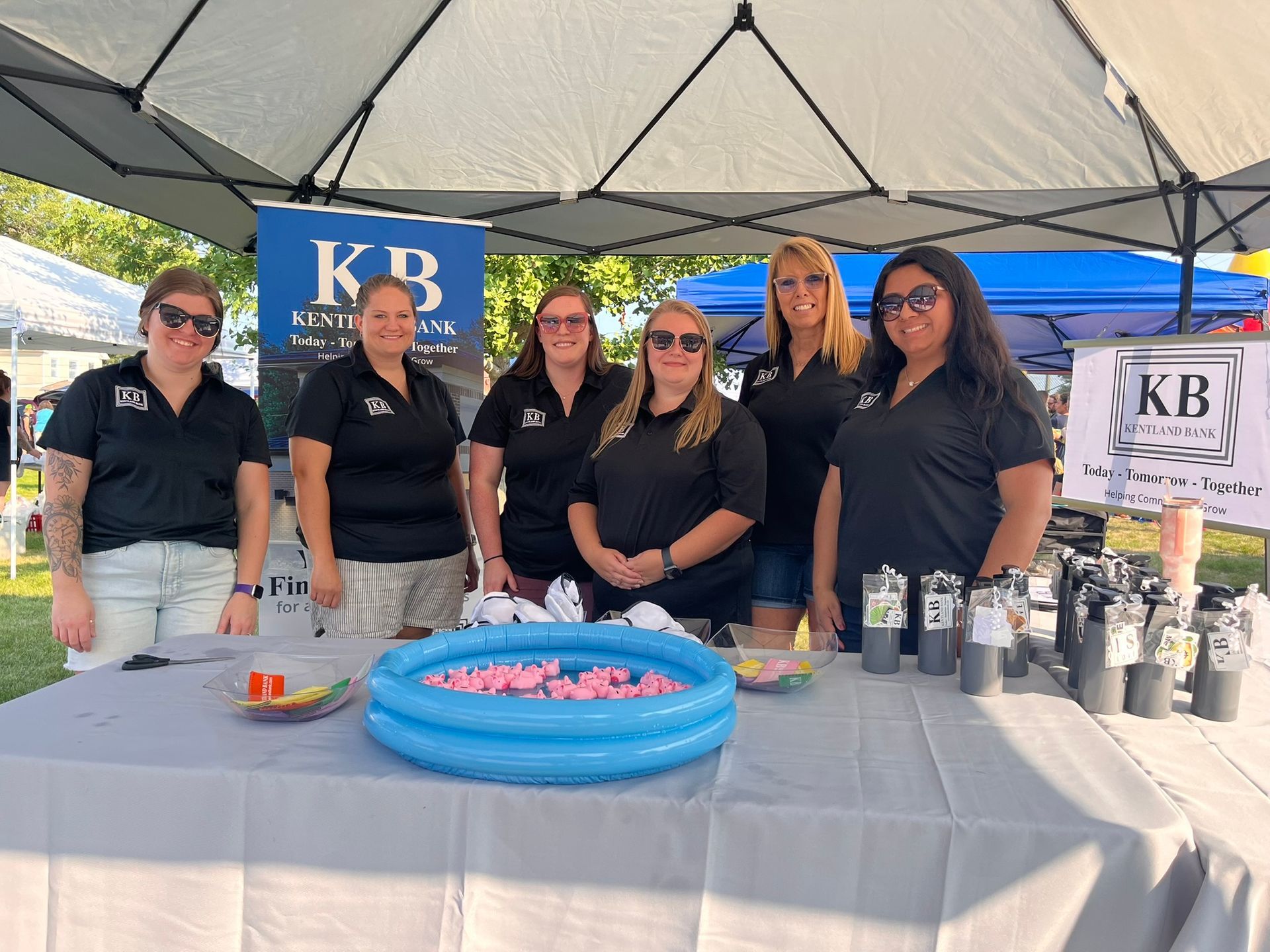
Tips to protect your Online Banking
5 Tips to Protect your Online Banking
Your bank account is at the center of your financial life. From paying bills and depositing checks to sending money to family, most of us depend on online banking every day. Protecting it should be just as much of a habit as locking your front door.
At Kentland Bank, we take cybersecurity seriously. Our systems and security measures are designed to protect your information and keep your accounts safe. However, the strongest protection happens when we work together. By staying informed and practicing good online habits, you can add another important layer of defense to your financial security.
Did You Know?
- The Federal Trade Commission reported that consumers lost more than 10 billion dollars to fraud in 2023, the highest amount on record.
- Phishing remains the most common online scam, with nearly one in four people receiving a fraudulent email or text attempting to steal personal information.
- Using Multi-Factor Authentication (MFA) can block over 90 percent of automated hacking attempts.
These numbers show just how important it is to stay alert and take simple precautions to protect your online banking accounts.
October is Cybersecurity Awareness Month, which makes this a great time to review the ways you can help protect your personal and financial information online.
Here are five practical steps that can make a big difference:
Tip 1: Use Strong, Unique Passwords
A strong password is the foundation of online security. Weak or reused passwords are one of the main reasons cybercriminals gain access to accounts.
- Avoid using common words, birthdays, or personal details.
- Combine uppercase and lowercase letters, numbers, and symbols.
- Never reuse passwords between banking, shopping, or email accounts.
- Use a trusted password manager to securely store and create complex passwords.
- Why it matters: Many data breaches involve stolen passwords from unrelated sites. If you reuse that same password for your bank account, a criminal could access your finances in seconds.
Tip 2: Monitor Your Account and Report Suspicious Activity
Keeping an eye on your account can help catch fraud early before it becomes a bigger problem.
- Set up text or email alerts to receive notifications about transactions or account changes.
- Review your statements regularly, even for small transactions that seem unfamiliar.
- Contact Kentland Bank immediately if something looks unusual.
- Extra Tip: If you ever lose your debit card or suspect it has been stolen, report it right away. Quick action can help prevent unauthorized charges and protect your funds.
Tip 3: Be Very Careful with Emails, Texts, and Links
Phishing scams often look very convincing, using familiar logos or language to trick you into sharing personal information.
- Do not click links or download attachments from unexpected messages.
- Be cautious of urgent language like “Act now” or “Your account will be closed.”
- Remember that Kentland Bank will never ask for your full account credentials through email, text, or phone.
When in doubt, go directly to our official website or call us using a trusted number.
- Why it matters: Scammers are becoming more sophisticated, but you can outsmart them by pausing before clicking. Taking an extra moment to verify a message can save you from major financial stress. Our team is here to protect you when you are unsure.
Tip 4: Keep Devices and Software Up to Date
Every update on your phone, computer, or tablet includes important security improvements that help protect your personal data.
- Turn on automatic updates when possible.
- Use reliable antivirus and anti-malware software.
- Avoid downloading apps or programs from unknown sources.
- Replace outdated or unsupported operating systems, as they may no longer receive security patches.
- Pro Tip: Regular updates not only keep your device secure but also improve performance and stability.
Tip 5: Enable Multi-Factor Authentication (MFA)
Multi-Factor Authentication adds another layer of protection to your account. It requires a second form of verification, such as a code sent to your phone or an authentication app.
Common MFA methods include:
- one-time passcode
- biometric verification (facial recognition or finger print)
- an authenticator app
Even if a criminal gets your password, they cannot access your account without the second verification step.
- Why it matters: MFA significantly reduces the risk of account takeovers, one of the fastest-growing types of cybercrime.
Cybersecurity Checklist
Use this quick checklist to strengthen your online safety today:
- Create strong, unique passwords for every account
- Turn on Multi-Factor Authentication wherever available
- Set up account alerts for withdrawals and logins
- Update your devices and software regularly
- Be cautious with unexpected emails, texts, or phone calls
- Review account activity and statements each month
- Report any suspicious activity to Kentland Bank immediately
Completing these simple steps helps keep your financial information secure and gives you peace of mind every time you bank online.
Additional Resources
If you would like to learn more about protecting your identity and financial information, these trusted sources offer helpful guidance:
- IdentityTheft.gov – steps to recover from identity theft
- AARP Fraud Watch Network – prevention tips and scam alerts
- FTC Consumer Advice – articles and resources to keep your information safe
- Cybersecurity is not about being perfect. It is about being prepared. By following these five steps, you can significantly reduce your risk of fraud and feel confident in your online banking experience.
Kentland Bank is committed to protecting your financial information and helping you make informed choices.
Stay tuned throughout Cybersecurity Awareness Month as we share more tips on spotting scams, securing devices, and learning how banks protect your data behind the scenes.
Kentland Bank
Today. Tomorrow. Together.
Helping Communities Grow
Share with your network!









